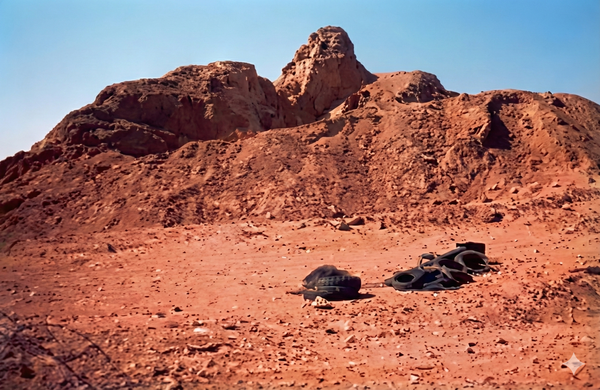Minarets of the Masjid al-Nabawi
Learn about the prominent minarets of the Masjid al-Nabawi, their names and origins.

The Masjid al-Nabawi has undergone various architectural transformations over the centuries, reflecting the evolving styles and influences of different ruling periods. One notable architectural element that has shaped its appearance is the minaret. Minarets were not initially part of the mosque's structure during the time of the Messenger of Allah (Allah bless him and give him peace) or the reign of the rightly guided Caliphs. The integration of minarets into Masjid al-Nabawi's design came later, marking significant milestones in its architectural history.
The First Construction of a Minaret
The first individual to incorporate a minaret into the building structure of Masjid al-Nabawi was Umar bin Abd al-Aziz during his rule in Madina, amidst renovation and extension efforts between the years 88-91 Hijri. Four minarets were erected, one at each corner. Subsequently, the construction of minarets gained popularity, as noted by historians and scholars like Sayyid al-Barzanji in his work, Nuzhat al-Nazirin.
Minarets in the Majidi Extension & Renovation
During the tenure of Ottoman Sultan Abd al-Majid, five prominent minarets were added to Masjid al-Nabawi, namely:
- The Western Shami Minaret: Known as Shakiliyyah, Khashbiyyah, and Majidiyyah, located in the northwestern part of the Masjid. It was replaced during extension and renovation work during the Saudi period.
- The Eastern Shami Minaret: Named Sanjariyyah and Aziziyyah, constructed by Sultan Abd al-Aziz during his rule, situated in the northeastern part. Also replaced during the Saudi renovation.
- The South Eastern Minaret: Referred to as Al-Reesiyyah, it is adjacent to the green dome and depicted in many images. Located in the southeastern part, it was rebuilt three times by ruler Qatibay with a final height of 60 metres.
- The Southwestern Minaret of Bab al-Salam: Also known as the minaret of Bab al-Salam, built by ruler Nasir Muhammad Ibn Qaluwan in 706 Hijri. There is debate over its builder, with al-Matari attributing it to Ibn Farhun, while Ibn Farhun argues it was constructed by al-Hariri.
- The Western Minaret: Constructed as the minaret for Bab al-Rahmah by Qatibay in 888 Hijri, situated outside the Masjid structure beside the Mahmudiyyah madrassah. This building was demolished during the Saudi expansion of Masjid al-Nabawi.
Minarets of the Saudi Period
In the Saudi renovation and expansion, the northeast, northwest, and Bab al-Rahmah minarets were demolished, and two new finely built minarets were erected in their place.
Source: Fusul min Tarikh al-Madinah al-Munawwarah by Ali Hafiz.





